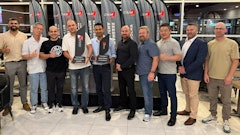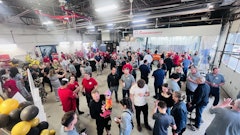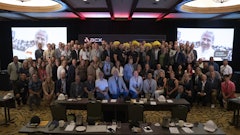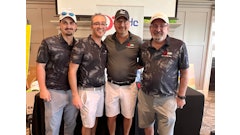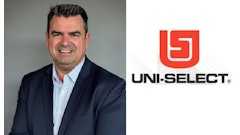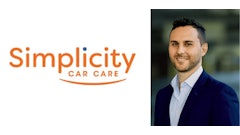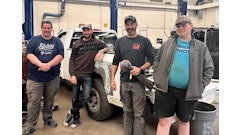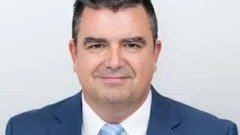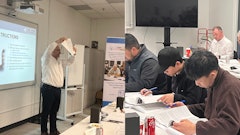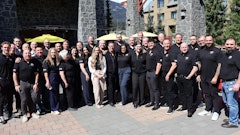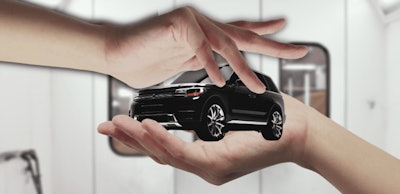
Automakers and insurers are no longer strange bedfellows
By DARRYL SIMMONS
With Toyota’s recent foray to provide insurance to the U.S. market, the stage seems to be quietly getting set for the ultimate behemoth of consolidation and full cradle-to-grave control by the OEM. This trend, which has been accelerated by the COVID-19 pandemic and the rise of connected cars, poses significant challenges and opportunities for collision repairers, who will have to adapt to a new landscape where OEMs have more control over the claims process and repair standards. If it works in the US, it will certainly migrate here regardless of our provincial differences of insurance models. How this will change the game is debatable, but it’s a good thing collision repair facilities are among the most adaptable repair trade out there.
Tesla is perhaps the most prominent example of an OEM that is selling its own insurance directly to its customers. The electric car maker started offering insurance in California in 2019 and has since expanded to Texas. Tesla claims that its insurance can save drivers up to 30 percent compared to traditional insurers because it uses data from its vehicles’ sensors and cameras to assess risk and reward safe driving.
One of the main drivers behind OEMs’ entry into the insurance market is customer demand. Market studies dictate that consumers are seeking a vertical car buying experience, where everything they need to get on the road is handled at the moment of sale. Automakers can access real-time data from connected cars to offer personalized and dynamic pricing based on actual usage and driving behaviour. Plus, OEMs believe they can leverage trust they build with their customers to provide an enhanced experience and convenient service.
The trend of OEMs selling insurance is not limited to one region or one type of car. Already in place in Europe and across the globe, it’s not too farfetched to think we’ll see customers buy their car and insurance in one location. The only thing missing is recycling; oh, wait—ever heard of extended producer responsibility? OEMs are already reclaiming their “waste.” British Columbia’s extended producer responsibility action plan covers hybrid and electric vehicle batteries, which are sent back to the automaker for processing at end-of-life. Quebec’s provincial government has perused the same initiative in extended producer responsibility, believing it would ensure proper management at end-of-life.
There is no doubt that these shifts will impact collision repairers, and the entire automotive aftermarket. OEMs could require or incentivize their insured customers to use only certified repair facilities or encourage—perhaps even mandate—customers to only use OEM parts in repairs; they could also charge for access to repair information, a hot-button issue and the driver of the Right to Repair movement sweeping North America.
Implementing these OEM-led initiatives is not an overnight feat. For one, a vehicle manufacturer must have a government-approved subsidiary before offering insurance in Canada. To meet this requirement, Porsche launched Porsche Insurance into the Canadian marketplace in mid-2022. Offered exclusively to Porsche vehicles owners, the auto insurance product is designed and brokered by Aon Canada. Porsche Financial Services Canada and its affiliate brands have disclosed they are not insurance companies or licensed insurance agents and are not selling or offering advice regarding insurance products. This will shake things up. We know that already. It’s just a matter of how much. Nonetheless, Canada’s collision repairers will be here…ready to adapt, as always.







